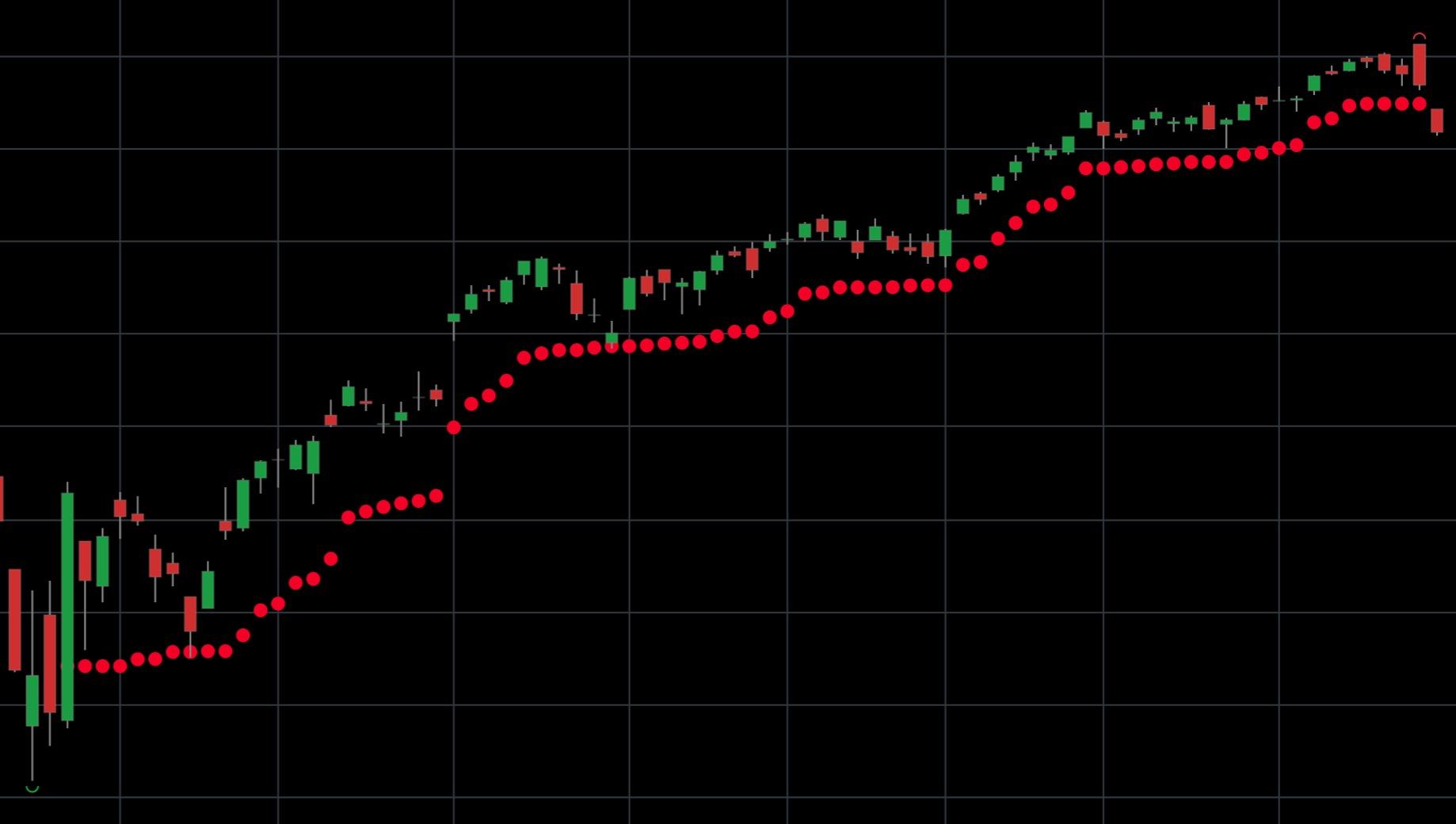
Why Is the Stock Market Down Today? (August 1, 2025)
Why Is the Stock Market Down Today? (August 1, 2025)
The stock market is trading lower today as a mix of weak economic data, aggressive new tariffs, and stretched valuations shake investor confidence.
1. Weaker-than-expected Jobs Report
The July jobs report significantly underperformed expectations—only 73,000 new jobs added, far below forecasts. Additionally, there were sharp downward revisions totaling 258,000 jobs for May and June. The unemployment rate ticked up to 4.2%. These developments raised concerns about a slowing economy and pushed traders to price in possible Federal Reserve interest rate cuts as early as September. Read full coverage at The Wall Street Journal and More from Investors.com
2. New Tariff Announcements
President Trump announced sweeping new tariffs taking effect around August 7. These include:
- 39% tariffs on Swiss imports
- 35% tariffs on non‑compliant Canadian goods
- 25% tariffs on Indian goods
This sharp escalation in trade protectionism has increased fears of rising input costs, supply chain disruptions, and a global growth slowdown. Full breakdown via Investopedia
3. Valuation and Sentiment Concerns
Forward price-to-earnings ratios have climbed above 22.5×, with some market strategists—such as Kevin Muir of The Macro Tourist—noting that positive earnings news may already be fully priced in. With August historically a weak seasonal month, sentiment has shifted more defensively. Analysis via MarketWatch
Other Factors Pressuring the Market
- Tariffs Are Now Active
Executive orders were implemented today, introducing widespread duties on imports. These moves are intended to correct trade imbalances but are adding inflationary pressure and margin uncertainty. More background here - Labor Market Slump
The latest report signals a slowing job market, and the significant revisions downward to previous months confirm the trend. Investors are watching closely to see if consumer demand begins to weaken. - Reduced Risk Appetite
Lower Treasury yields, a declining U.S. dollar, and easing equity volatility all point to a rotation away from risk-on assets. Traders appear to be selling strength, not buying dips.
Summary Table
| Market Driver | Why It Matters |
|---|---|
| Weak Jobs Growth | Indicates potential economic slowdown and increases rate cut odds |
| Escalating Tariffs | Raises risks to corporate margins and global trade stability |
| High Valuations | Limited room for upside surprises or disappointments |
| Seasonal Patterns | August has historically been a volatile and weaker month |
What to Watch Next
- Upcoming economic reports: ISM Manufacturing PMI, Services PMI, and University of Michigan Consumer Sentiment
- Forward earnings guidance: Especially from consumer and industrial companies that may be impacted by tariffs
- Federal Reserve positioning: Watch for speeches or commentary hinting at September rate action
Volatility, policy shifts, and valuation extremes demand more than passive investing. This is when active risk management and asymmetric positioning matter most.
